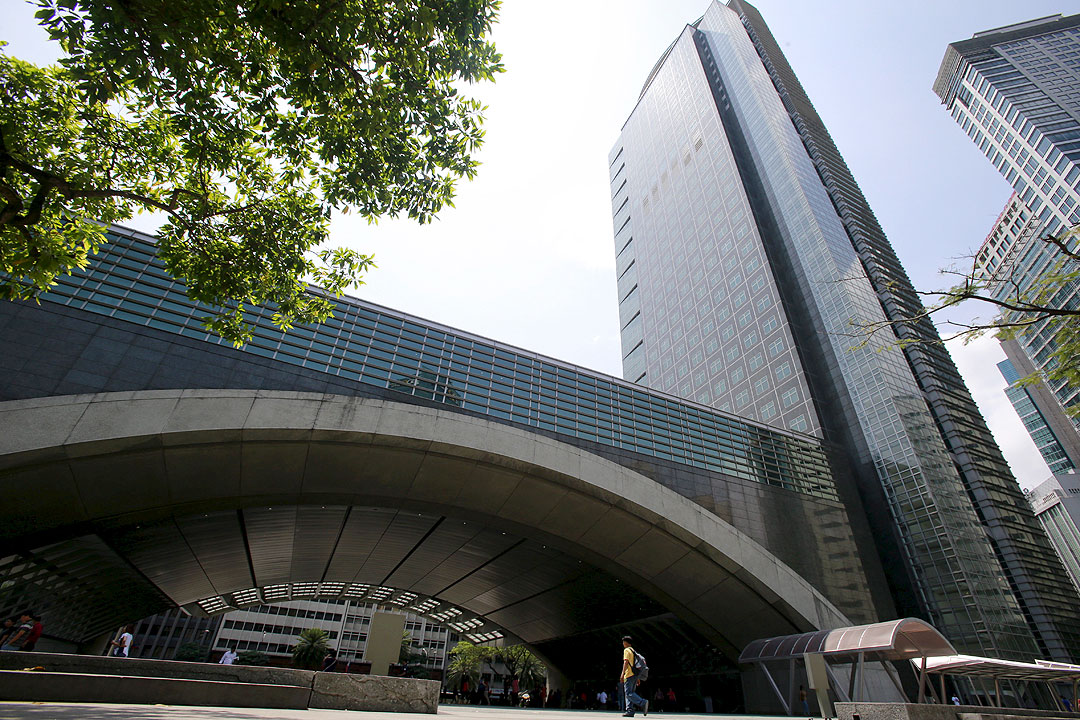
A SLOWDOWN in economic growth, coupled with persistently high inflation, may hinder the recovery of Philippines Inc. from the coronavirus disease 2019 (COVID-19) pandemic, S&P Global Ratings said on Monday.
In a report titled “Philippines Corporate Primer: COVID hits aren’t slowing growth aspirations,” S&P said Philippine corporates’ revenue and profit growth may slow to mid- or high-single digits over the next two years.
“Philippine companies suffered deeply during COVID, and by our estimate, nearly 40% still had lower profits in 2022 than in 2019. Their recoveries are now complicated by inflation and the country’s slowing economic momentum,” S&P said in its report.
The credit watcher said Philippine companies saw a decline in profits, while incurring more debt during the pandemic.
According to S&P, median revenues of Philippine corporates declined by 13% while median profits fell nearly 20% in 2020 from the previous year.
Philippine corporates’ debt rose by 12% in 2020, it added.
For the report, S&P surveyed 40 large, listed companies on the Philippine Stock Exchange. It excluded firms with a significant share of revenues, income, or assets from the banking sector.
“The next challenge is inflation and higher rates. Rising funding costs will weigh on corporate profits, given higher legacy COVID debt. And operating performance is unlikely to be as solid as in rebound-year 2022, with (Philippine) GDP growth slowing to about 5.8% in 2023 and 2024,” S&P said.
Economic managers expect Philippine gross domestic product (GDP) to grow by 6-7% this year, slower than the 7.6% expansion in 2022. The government is targeting 6.5-8% GDP growth for 2024.
S&P said elevated inflation and higher interest rates have started to weigh on household spending, “constraining private demand prospects.”
For the first four months of 2023, inflation averaged 7.9%. This is still above the central bank’s 6% average forecast for 2023 and its 2-4% target.
To fight inflation, the Bangko Sentral ng Pilipinas (BSP) raised borrowing costs by 425 basis points (bps) since May 2022, bringing the key policy rate to 6.25%, the highest in nearly 16 years.
“We estimate the median margin across the 40 declined to roughly 22% in 2022 from about 27% in 2019. Headline inflation of 6.2% in 2023 is likely to keep profit margins in check,” S&P said.
Despite being among the most vulnerable to the pandemic, S&P said that Philippine companies’ funding and liquidity remained stable throughout the health crisis.
“[Philippine firms’] average debt maturity profile is longer than in other emerging markets such as Vietnam or Indonesia. These companies often hold ample cash balances or, for the larger groups, monetizable equity investments,” it said.
The credit watcher noted that liquidity was also a credit strength as majority of firms (60%) has sufficient cash balances at end-2022 to repay debt maturing in 2023, reducing refinancing risk.
Capital spending also remained resilient despite persistent inflation, S&P said.
“Large companies in the Philippines have been among the most active spenders in the region, seeking to take advantage of relatively modest GDP per capita, a sizable population, rising incomes, and infrastructure needs,” it said.
S&P said the quick recovery in capital spending and acquisition activity “suggests that growth remains top of the agenda as operations normalize.”
In 2022, aggregate capital expenditures and acquisitions were 65% higher than in 2020.
The Philippine banking sector remains as the primary source of funding for large companies in the country, becoming a reliable credit provider over the past decade, according to the debt watcher.
Lending to big corporations also accounts for the majority of banking loan books as exposure to micro-, small-, and medium-sized enterprises (MSMEs) stayed below 10% of total loans in the past several years.
“This, combined with generally solid capitalization and adequate provision of nonperforming loans, has kept risk premia reasonable; and allowed Philippine companies to fund at relatively competitive rates even during periods of market turmoil and at longer tenors,” S&P said.
The debt watcher also said that some of larger groups in the country have banking operations or are major shareholders in banks, and this may pose as a moderate system weakness.
“Related party lending is often limited and generally well-disclosed. But a sharp deterioration in the credit profile or capitalization of either a group’s banking subsidiary or affiliate, or the group itself, could induce event risk, accelerate contagion effect, and tighten funding availability to the large corporate sector,” S&P said.
S&P also sees an annual lending growth of about 7-9% in 2023-2024.
The growth of lending activities among large banks in the Philippines was “broadly steady” at 10.1% in March from 10% in February, according to preliminary data from the central bank. — Keisha B. Ta-asan
Inflation, economic slowdown seen to hurt Philippines Inc.’s recovery
Source: Bantay Radio
0 Comments